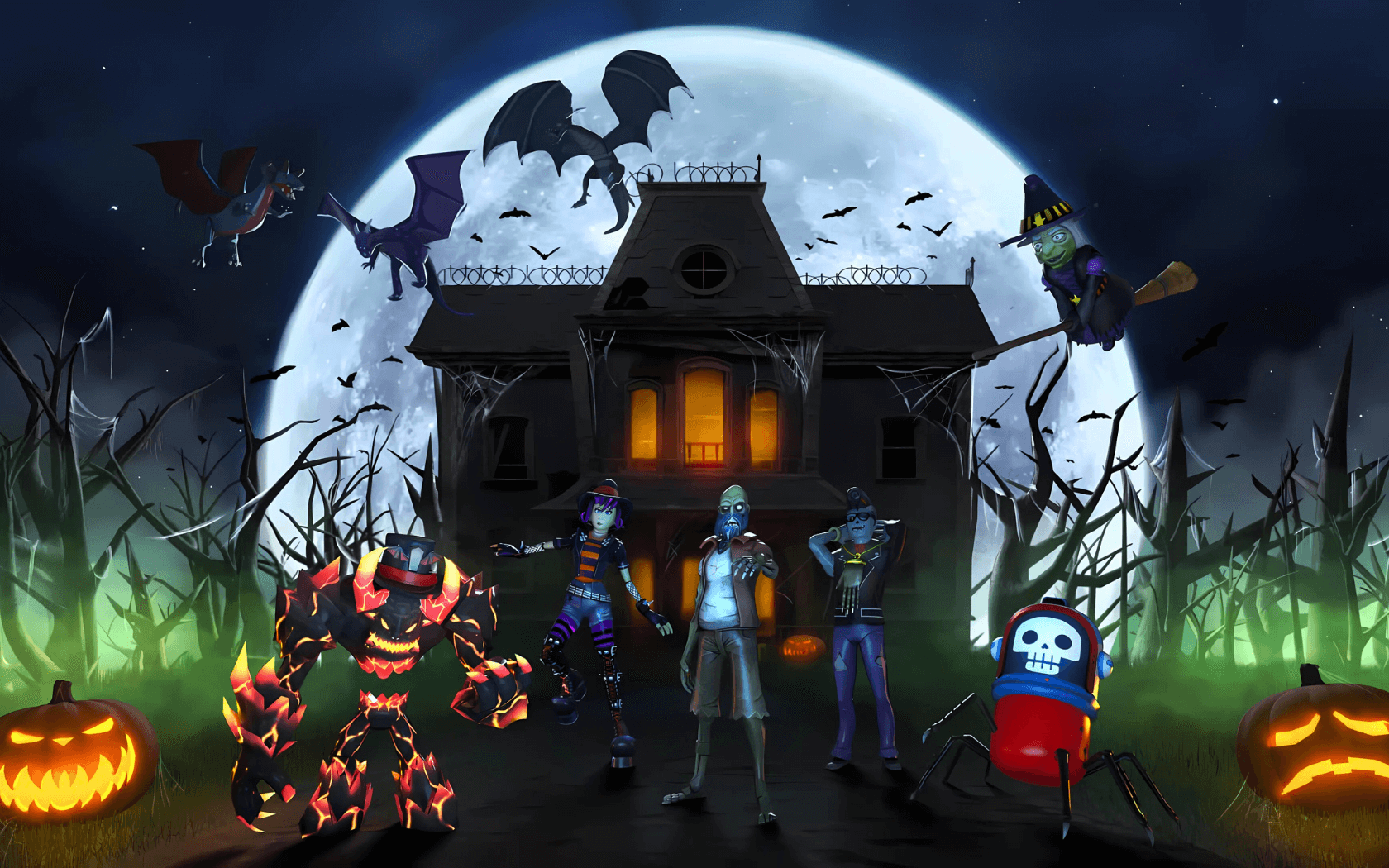When was the last time you met someone who wasn’t on social media? Sure, some may have given up their Facebook account or refused to download Snapchat. But they’re likely active on other platforms. For example, a 2018 Pew Research study found that 94% of 18- to 24-year-olds use YouTube.
The more we rely on social media for entertainment and communication, the more children will be drawn to it — which is exactly why parents need to talk to their kids about healthy and safe online behavior sooner rather than later. And you can start with these six simple conversations.
“Remember to keep your personal information private.”
This is a great place to begin when teaching young kids how to stay safe online — especially as they get to an age when playing games and chatting with friends becomes second nature. Explain why certain information should or shouldn’t be shared, and encourage them to ask for your permission before creating an account. Even better, help them to create their online profiles and explain why you’re comfortable sharing things like usernames and months of birth, but uncomfortable sharing addresses, phone numbers, or school names.
Bonus tip: Letting them use the mouse and keyboard while you watch will make them feel like they’re in control of the experience.
“Stick to these social media ground rules.”
Instead of waiting for your kids to do something “incorrect” on social media, lay the foundation for safe and fun online behavior. After speaking to your kids about these expectations, take a cue from teachers and display them on a poster somewhere in the house — like on the fridge, or beside the family computer; it can be updated as children mature and their online activity evolves.

“Sharing things on social media is like skywriting.”
Unless children take the time to adjust their privacy settings (remember to review these together and make sure your kid understands each one), sharing things on social media can be equated to sharing things with the whole world — photos, likes, comments, and friends lists are open to all. One way to make this clear to kids is to help them visualize how many people might have access to their messages; explain that they shouldn’t send anything they wouldn’t be comfortable having written in the sky for all to see.
“Nothing lasts forever…except things posted online.”
Thanks to its frenetic pace, the internet can feel temporary and fleeting — but it’s actually quite the opposite. Things shared online have a permanence that notes passed in class don’t (at least they could be ripped up). Explain to kids that pressing the delete button doesn’t necessarily mean something has been erased for good: screenshots of photos, DMs, and Instagram stories can easily be captured and saved. It’s a concept that’s difficult for even adults to understand, but kids need to know that once something is posted on the internet, they lose control of it.

“Don’t interact with strangers online.”
This can be an unnerving conversation to have, but adults should be frank when explaining that people aren’t always who they say they are online. Children are at risk of running into trolls (people who post offensive or troubling content for attention), adults pretending to be children, phishing scams, and just general explicit and inappropriate content that comes with anonymity online. It’s easy for people to pretend they’re someone else online, so make sure kids know the faces behind every username and avatar they interact with, and teach them how to identify fake email addresses and accounts to help ensure their safety.
“If you don’t have anything nice to post, don’t post anything at all.”
Children today are much more aware of bullying and its dangers, thanks to initiatives like Pink Shirt Day, but it’s still important for parents to remind them that being kind should extend online as well. Things that are posted anonymously (or privately) have the potential to hurt others, so communicate clear rules around never liking or sharing mean comments. You can also go one step further by teaching kids how to support someone who is being bullied online, whether that’s through a friendly text or in-person conversation.
Letting children play and communicate online can be as nerve wracking as dropping them off on the first day of school or taking the training wheels off their bike. While parents will never be able to fully control what happens in the world (be it real or virtual), they can control the conversations they have with their kids about social media — and that goes a long way in raising media literate children who stay safe online.
Image credits: Photographee.eu / Shutterstock, Syda Productions / Shutterstock, YAKOBCHUK VIACHESLAV / Shutterstock



























